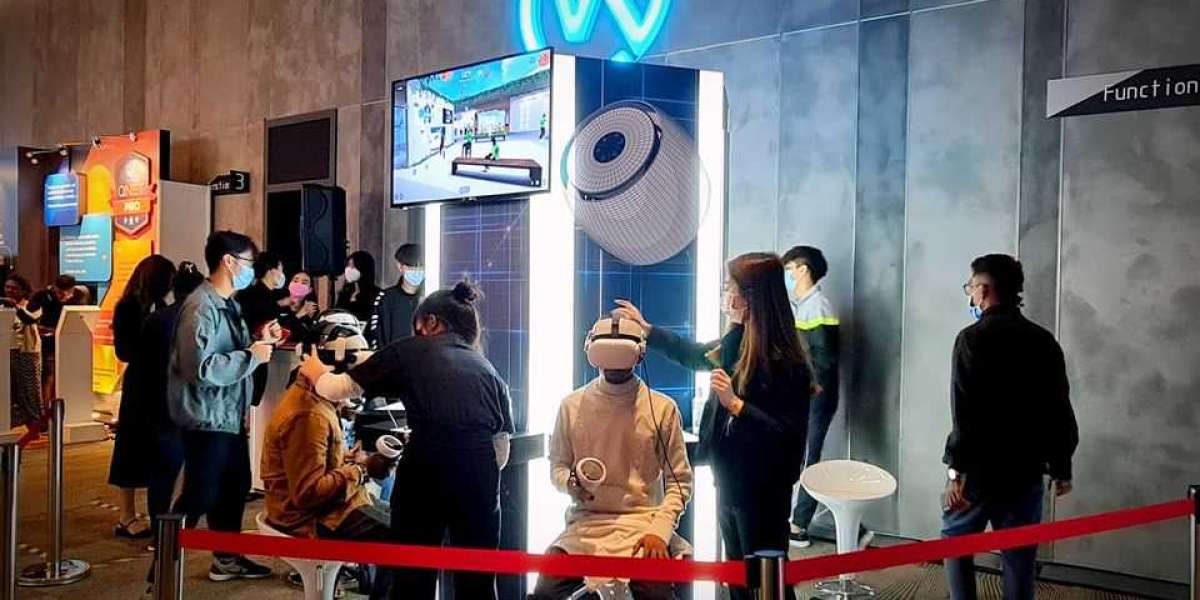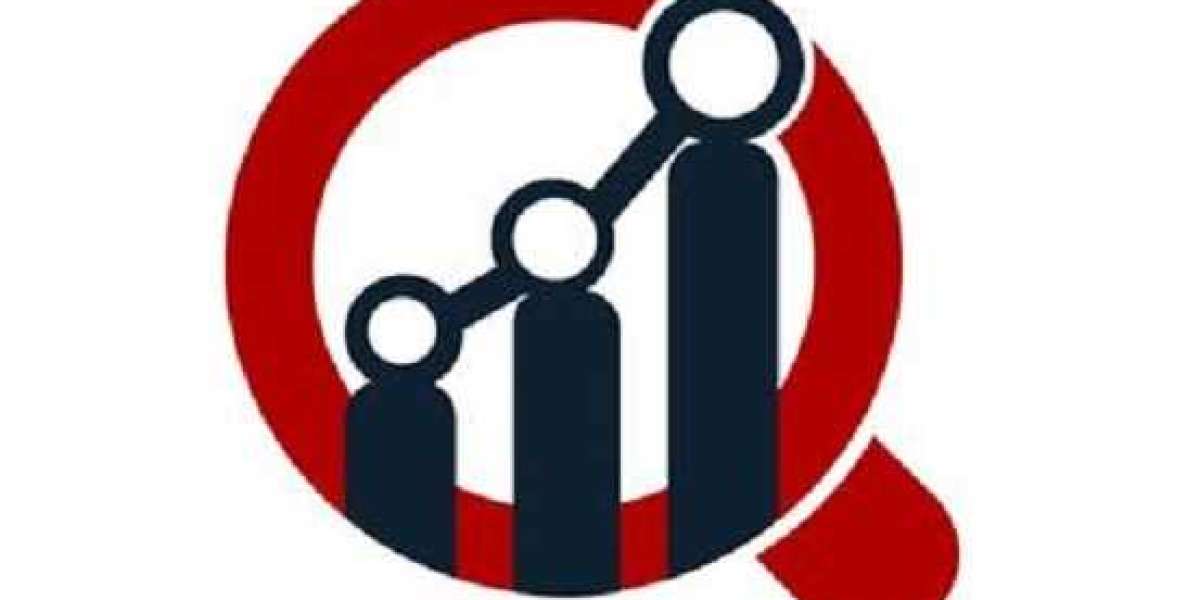AR is reshaping various aspects of the automotive sector, from design and manufacturing to sales and maintenance. This blog explores how AR is enhancing Malaysia's automotive industry and the potential benefits it brings to different stakeholders.
1. Enhancing the Design and Development Process
Streamlined Prototyping: AR enables designers and engineers to create virtual prototypes of vehicles. This eliminates the need for physical prototypes, saving time and reducing costs. With AR, designers can visualize and modify car models in real-time, making the design process more efficient and collaborative.
Improved Design Accuracy: Using AR, designers can overlay virtual elements onto physical models, ensuring that every component fits perfectly. This enhances the accuracy of the design process, leading to better-quality vehicles.
2. Revolutionizing Manufacturing
Efficient Assembly Lines: AR technology assists workers on the assembly line by providing real-time guidance through AR glasses or displays. Workers can see step-by-step instructions overlaid on the physical components, reducing errors and improving efficiency.
Training and Skill Development: AR is an excellent tool for training new employees. It offers immersive, hands-on training experiences without the risks associated with real machinery. This ensures that workers are well-prepared and reduces the learning curve.
3. Enhancing Customer Experience
Interactive Showrooms: AR transforms traditional showrooms into interactive experiences. Customers can use AR apps to visualize different car models, customize features, and even take virtual test drives. This enhances the buying experience and helps customers make informed decisions.
Personalized Marketing: Automotive companies in Malaysia are leveraging AR for personalized marketing campaigns. By using AR, companies can provide potential buyers with a customized experience, showcasing how different car features align with their preferences and needs.
4. Improving Maintenance and Repairs
Real-Time Troubleshooting: AR assists mechanics in diagnosing and repairing vehicles more efficiently. By using AR glasses, mechanics can access detailed repair instructions and visualize the internal components of the vehicle. This speeds up the repair process and reduces downtime.
Remote Assistance: With AR, automotive experts can provide remote assistance to mechanics in different locations. This is particularly beneficial in Malaysia, where geographical challenges can make it difficult to access expert help. Remote assistance ensures that repairs are conducted accurately and promptly.
5. Boosting Safety and Navigation
Enhanced Safety Features: AR is being integrated into vehicle safety systems. For instance, AR heads-up displays (HUDs) project important information, such as speed, navigation directions, and hazard warnings, onto the windshield. This allows drivers to stay focused on the road, enhancing safety.
Advanced Navigation Systems: AR navigation systems provide real-time, 3D navigation overlays on the windshield. This makes it easier for drivers to follow directions and reduces the risk of getting lost, especially in unfamiliar areas.
Conclusion
Augmented reality is playing a pivotal role in enhancing Malaysia's automotive industry. From streamlining design and manufacturing processes to revolutionizing customer experiences and improving maintenance, AR offers numerous benefits. As AR technology continues to evolve, its impact on the automotive sector is expected to grow, driving innovation and efficiency.
The integration of AR in the automotive industry is a testament to Malaysia's commitment to embracing advanced technologies. By leveraging AR, Malaysia's automotive industry is not only enhancing its operations but also setting a benchmark for innovation and excellence in the global market.








